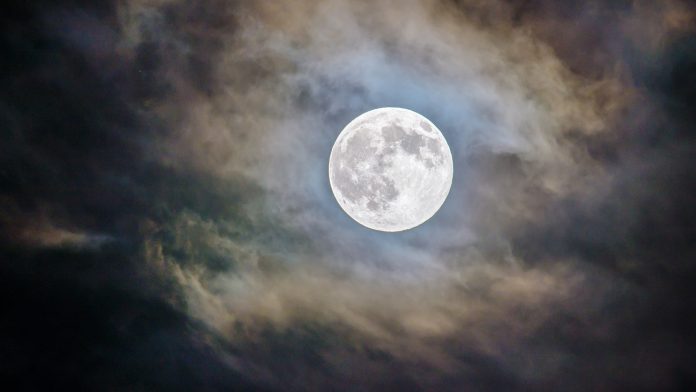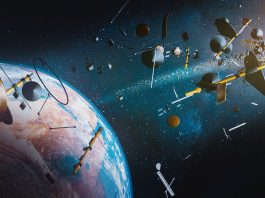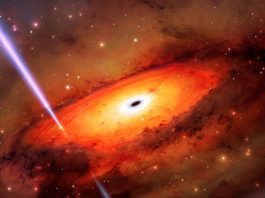The Norwegian Geotechnical Institute (NGI) is performing a series of CT scans to test ground conditions on the Moon.
Between 1967 and 1972, NASA conducted a series of space missions. Part of this involved testing ground conditions on the Moon, which saw over 400kg of soil samples returned to Earth.
NGI has studied over 10,000 lunar particles from the NASA mission. This will inform researchers how lunar soils behave when humans start engineering structures for the lunar surface.
The updated knowledge base on lunar conditions will be important in preparation for future space missions and for actors who will build infrastructure or deliver equipment – such as a robotic rover.
Dylan Mikesell, a senior geophysicist and principal investigator of a study funded in part by the Norwegian Space Agency, explained: “Selenotechnics, a parallel to geotechnics here on Earth, is the study of how lunar soils, also called regolith, behave.
“Understanding the fundamental behaviour of the lunar soils, like their strength and grain shape, is critical for obtaining realistic and correct knowledge about the ground conditions on the Moon.
“At NGI, we are now creating an updated knowledge base on the fundamental properties of lunar soils.”
How do ground conditions on the Moon differ from Earth?
We knew very little about lunar conditions when Neil Armstrong took humanity’s first steps on the Moon in 1969.
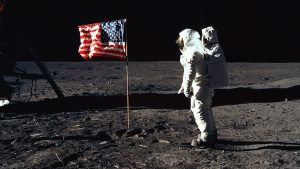
However, the mission soon discovered a landscape covered in regolith. This lunar soil, which is a mixture of dust, larger particles, and fragments, can be up to ten metres thick.
On the Moon, there is no atmosphere and very low gravity compared to Earth. The little water that is present is contained in the form of ice – frozen between these soil particles.
Moreover, temperature differences on the Moon are extreme and can range from -130°C to over 120°C. Solar radiation can be over 200 times higher than on the Earth’s surface, and particles in the atmosphere rain down over the landscape because the Moon does not have a protective magnetic field.
Another example that illustrates how ground conditions on the Moon differ from Earth is how the static electricity on the Moon helps to hold two grains of soil together. On Earth, water has a dominant role in particle cohesion.
Mimicking conditions on the Moon
“We can’t travel to the Moon to work as lunar geotechnical engineers. At NGI, however, we have advanced testing methods for ground conditions on Earth.
“We use these as a starting point when analysing the ground conditions on the Moon,” said Luke Griffiths, a senior researcher at NGI.
10,000 particles from the Apollo expeditions have been scanned, and the data sent to NGI. Here, the lunar particles are extracted from the CT scans and are used to build a catalogue of 3D grains.
Computer simulation models can then be calibrated with NGI’s lab tests for Earth. But how do we recreate the ground conditions on the Moon so that material properties can be determined and tested?
Alex Jerves, a postdoctoral researcher at NGI, commented: “By pushing the instruments as low as possible in our laboratory, we are able to mimic ground conditions on the Moon five metres underground.
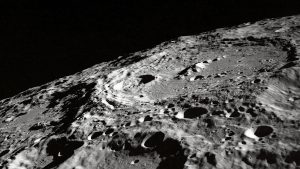
“However, we are unable to push the instruments so low that we can mimic the Moon’s surface. Then the instruments come to a halt. This knowledge gap must therefore be modelled using computer simulation.
He added: “It is the only way until we start conducting experiments on the Moon.”
How can human missions make use of the resources available on the Moon?
If humans are to live and work on the Moon for extended periods, it will not be possible to transport all vital resources, such as water and energy, from Earth to the Moon.
Therefore, knowledge about the resources found on the Moon and how they can be used is important. Some of the questions that need to be answered are:
- How will the Sun be used as an energy source on the Moon?
- What knowledge do we have about ground conditions on the Moon and the metals and minerals contained in the regolith, mountains, and rock?
- Where do we need more knowledge to use the Moon’s resources?
- To what extent can NGI’s expertise contribute to solving these challenges?
“In its strategy towards 2030, the European Space Agency calls for European knowledge communities and industry to lead in developing important ISRU technology.
“On behalf of the Norwegian Space Agency, NGI has mapped the expertise within ISRU that Norwegian actors can contribute to and further develop – both in research and development and commercially,” said Sean Salazar, senior researcher at NGI and co-lead of a 2021 ISRU study funded by the European Space Agency.
The research concluded that NGI has extensive experience in collecting, processing, and storing natural resources from the energy and mining industries.
NGI has specialised contributions in several technological areas, including exploration sensors, energy reactor developments, and satellite launches. Therefore, it is in an excellent position to assess ground conditions on the Moon and how to maximise its resources for future expeditions.

